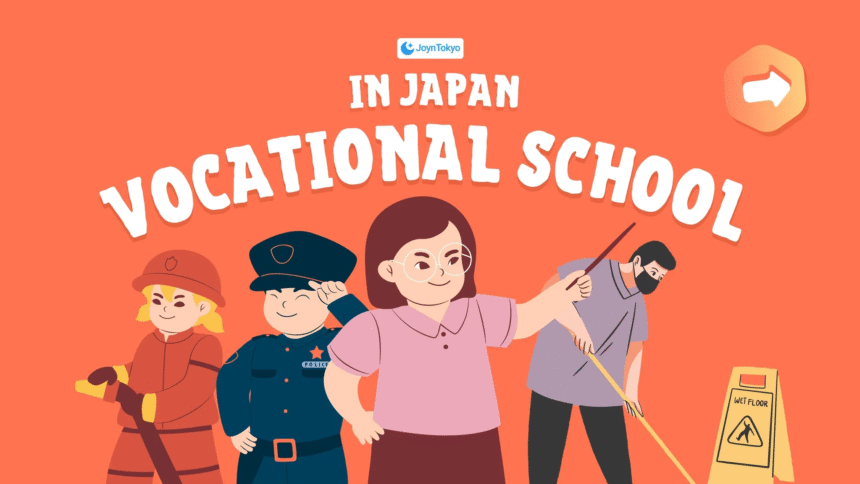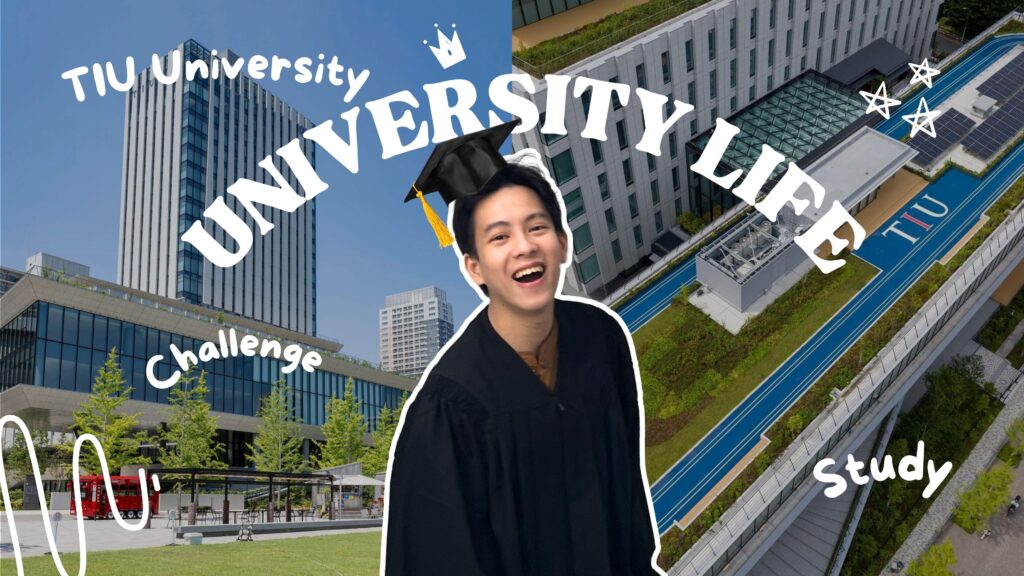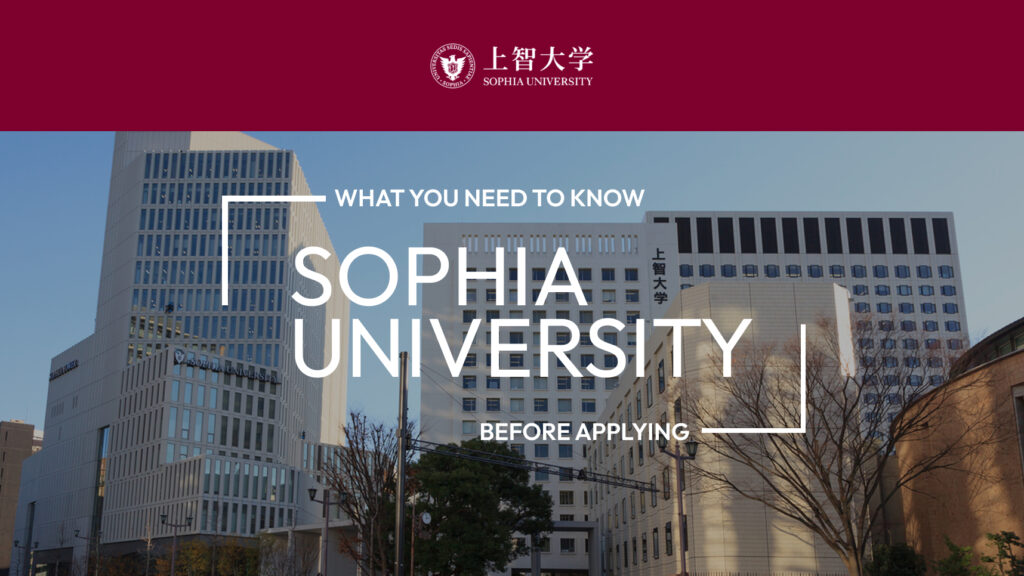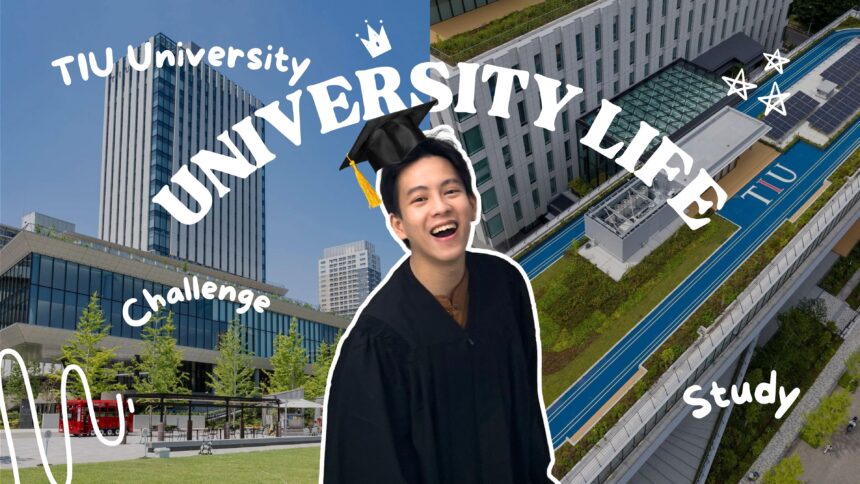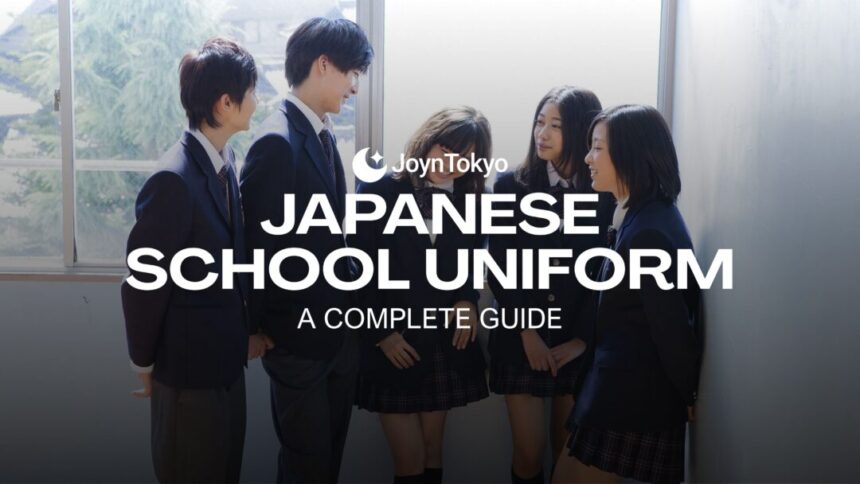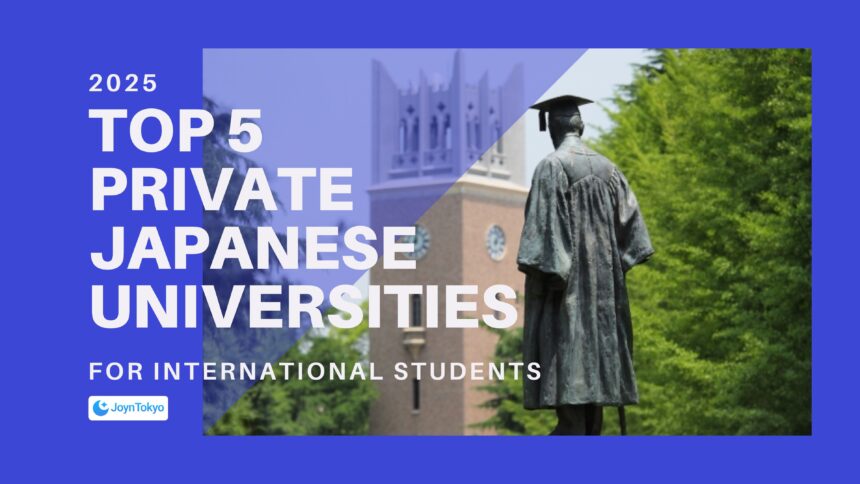Vocational schools in Japan, called senmon gakkō (専門学校), are a cornerstone of the country’s professional education system. Unlike universities that prioritize academic research and theory, vocational schools emphasize practical training and job-ready skills. Programs are structured to prepare graduates for immediate entry into industries such as technology, design, culinary arts, and healthcare.
For international students, senmon gakkō offers a direct path into Japan’s workforce. These schools provide specialized instruction, strong industry connections, and opportunities to gain hands-on experience through internships. Many institutions also support foreign students with language programs, career counseling, and job placement services.
What Makes Japanese Vocational Schools Unique
Vocational schools in Japan typically operate on a two-year program cycle, though certain disciplines may extend longer. The curriculum is designed with a clear focus on industry-specific training, blending classroom learning with practical exercises. Admission usually requires Japanese language proficiency at JLPT N2 or higher, since classes are taught primarily in Japanese.
Upon graduation, students receive a specialized diploma, and in some cases, they may qualify for advanced placement into university programs. The strong partnerships between senmon gakkō and companies also give students access to career fairs, internships, and employment networks that make job placement more accessible.
Technology and IT Vocational Schools
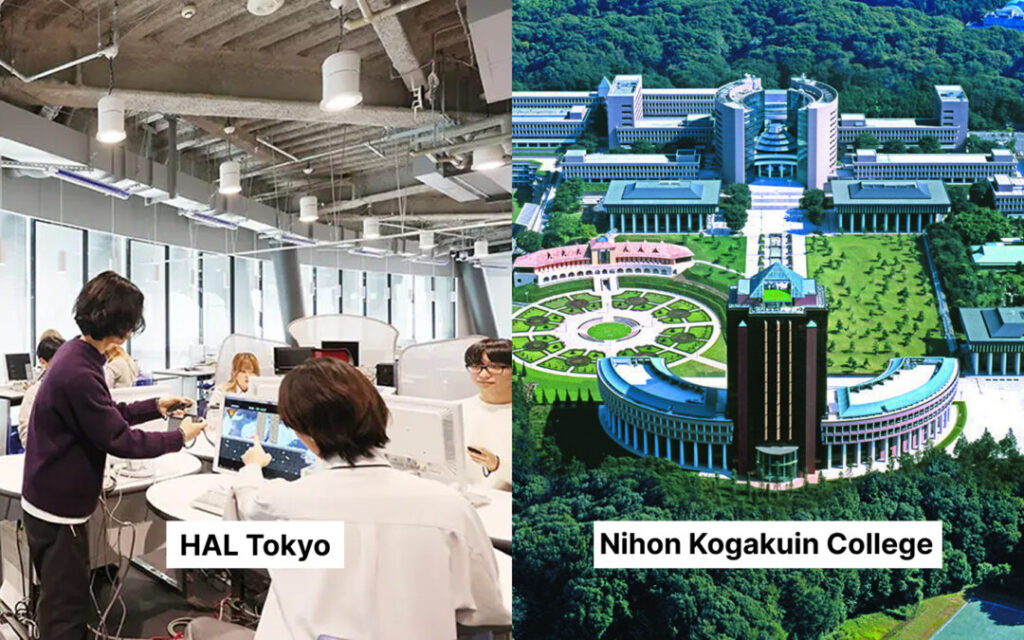
Japan’s role as a global technology leader makes IT and digital media among the most popular vocational paths. These schools emphasize software development, system engineering, and digital business skills that meet the needs of a rapidly evolving market.
- HAL Tokyo offers specialized programs in IT, game design, and digital content creation. With extensive ties to the technology industry, it provides strong support for job placement.
- Nihon Kogakuin College combines technical education with creative applications, offering courses in network engineering, information systems, and media production.
Design and Creative Arts Vocational Schools

Creative fields hold strong appeal for both local and international students. Japan’s blend of traditional aesthetics and cutting-edge innovation makes it an ideal place to train in design, illustration, and animation.
- Tokyo Designer Gakuin is a prestigious school with decades of history in art and design education. Its programs cover a wide spectrum, including graphic design, illustration, product design, and visual communication.
- Osaka College of Design and IT provides hands-on training in animation, game graphics, and design, with strong links to the creative industries in Kansai and beyond.
Culinary and Hospitality Vocational Schools

Japanese cuisine and hospitality standards are globally recognized. Vocational schools in this field combine traditional culinary skills with modern hospitality management to prepare students for international careers.
- Tsuji Culinary Institute in Osaka is renowned for its dual focus on Japanese and French cuisine. Many of its graduates go on to work in Michelin-starred restaurants worldwide.
- Tokyo Belle Époque College of Culinary and Confectionery Arts specializes in patisserie, baking, and hospitality, with courses designed to meet the demands of Japan’s food service industry.
Healthcare and Welfare Vocational Schools
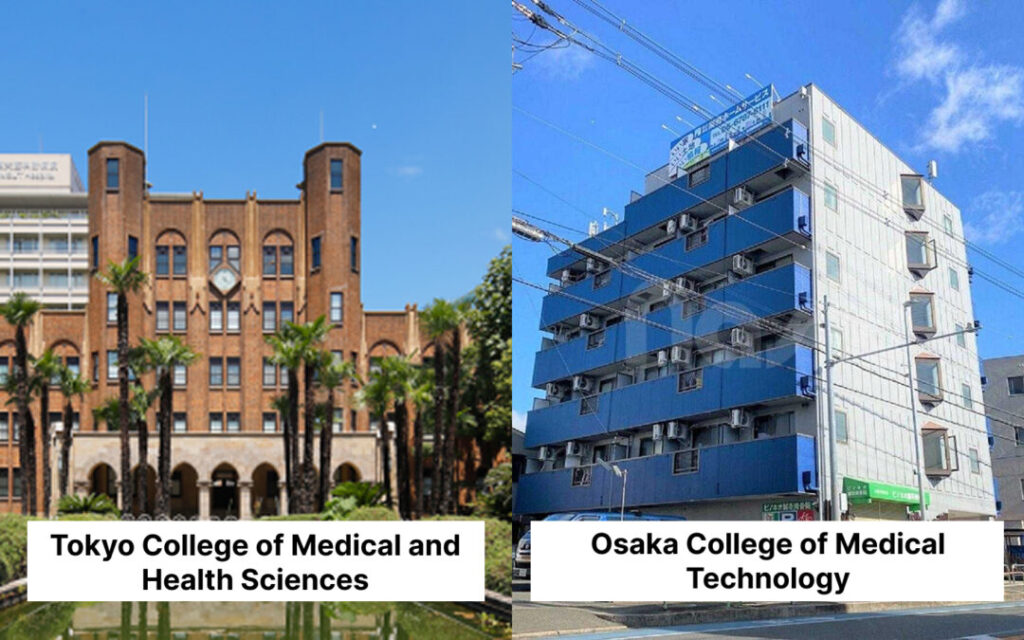
As Japan faces the challenges of an aging population, vocational schools in healthcare are increasingly vital. Students in these programs gain practical training for careers in nursing, medical technology, and welfare services.
- Tokyo College of Medical and Health Sciences provides programs in nursing, physiotherapy, and radiology, blending theory with clinical practice.
- Osaka College of Medical Technology trains students in laboratory science, caregiving, and medical engineering, with opportunities to apply skills in real healthcare settings.
Performing Arts and Entertainment Vocational Schools
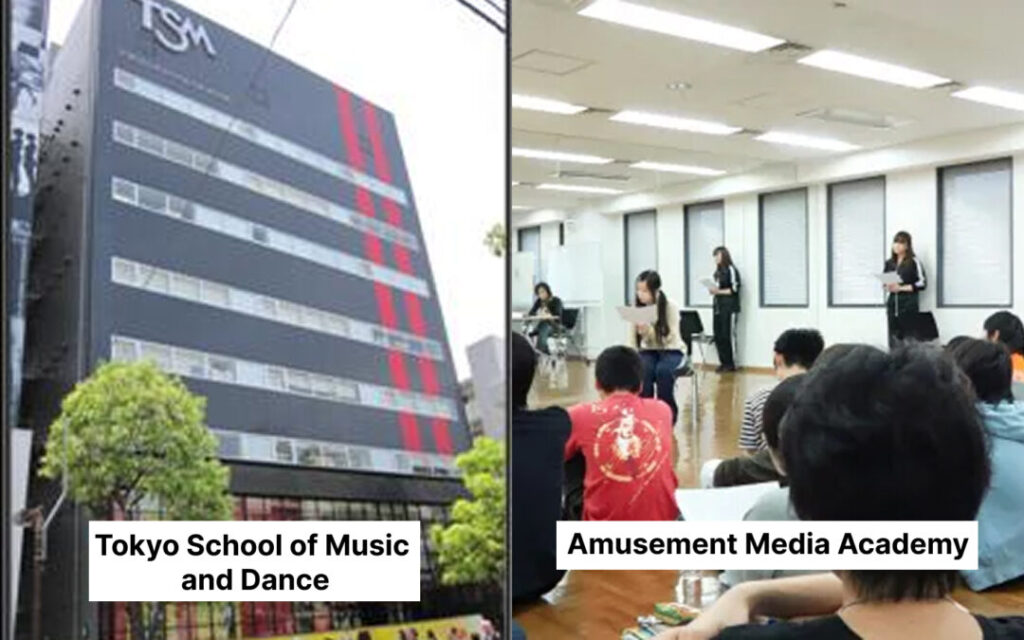
Japan’s entertainment industry attracts students from across the world. Vocational schools in this sector prepare performers, voice actors, and creators for careers in anime, music, and stage performance.
- Tokyo School of Music and Dance offers training in vocal performance, dance, and stage production, supported by strong connections to Japan’s entertainment companies.
- Amusement Media Academy is a leading institution for aspiring voice actors, manga artists, and anime creators, making it especially popular among international students seeking creative careers.
Why Choose a Vocational School in Japan
For international students who wish to build careers in Japan, senmon gakkō provide an accessible and practical alternative to traditional universities. Smaller class sizes encourage mentorship and hands-on training, while career support programs guide students toward employment opportunities.
Graduates not only gain specialized skills but also experience life in Japan’s professional and cultural environment. For those who plan to remain in Japan, vocational schools can open doors to long-term careers, while others return home with internationally valued expertise.

